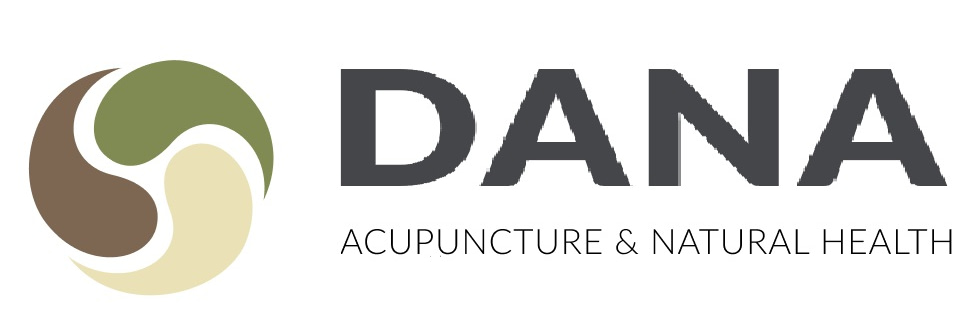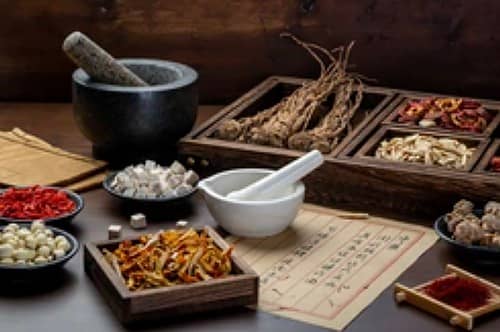Traditional Chinese medicine (TCM) is a branch of traditional medicine in China. It has been described as “fraught with pseudoscience“, and the majority of its treatments as having no logical mechanism of action.[1][2] Medicine in traditional China encompassed a range of sometimes competing health and healing practices, folk beliefs, literati theory and Confucian philosophy, herbal remedies, food, diet, and exercise, medical specializations, and schools of thought.[3] In the early twentieth century Chinese cultural and political modernizers worked to eliminate traditional practices as backward and unscientific. Traditional practitioners then selected elements of philosophy and practice and organized them into what they called “Chinese Medicine” (Zhongyi) [4] In the 1950s, the Chinese government sponsored the integration of Chinese and Western medicine, [5]and in the Great Proletarian Cultural Revolution of the 1960s, promoted Chinese Medicine as inexpensive and popular.[6]
After the opening of relations between the United States and China after 1972, there was great interest in the West for what was now called Traditional Chinese Medicine (TCM). [7] TCM is said to be based on Compendium of Materia Medica and Huangdi Neijing and includes various forms of herbal medicine, acupuncture, cupping therapy, gua sha, massage (tui na), bonesetter (die-da), exercise (qigong), and dietary therapy. TCM is widely used in the Sinosphere. One of the basic tenets is that the body’s vital energy (ch’i or qi) is circulating through channels called meridians having branches connected to bodily organs and functions.[8] The concept of vital energy is pseudoscientific. Concepts of the body and of disease used in TCM reflect its ancient origins and its emphasis on dynamic processes over material structure, similar to the humoral theory of Ancient Greece and Ancient Rome.[9]


